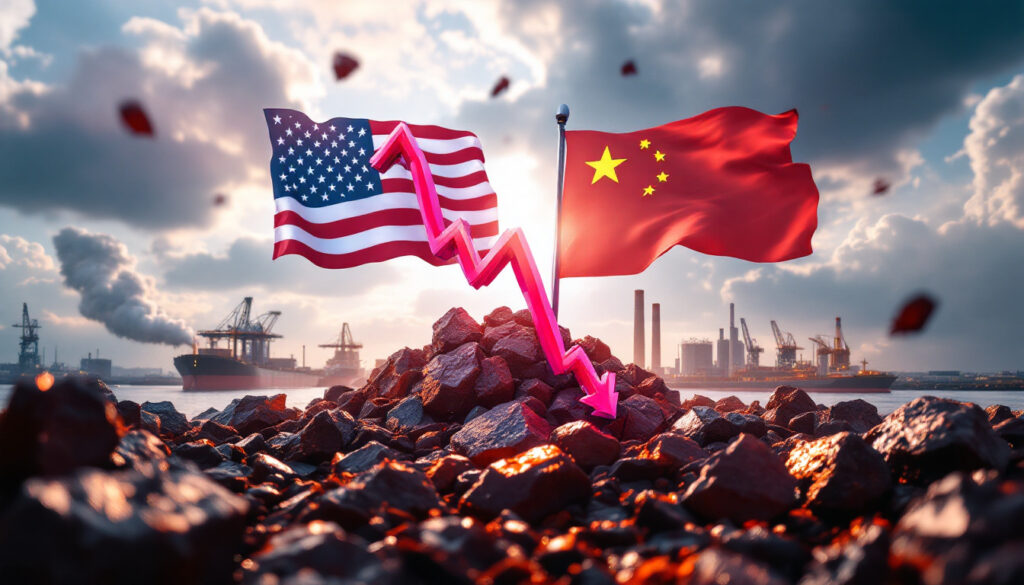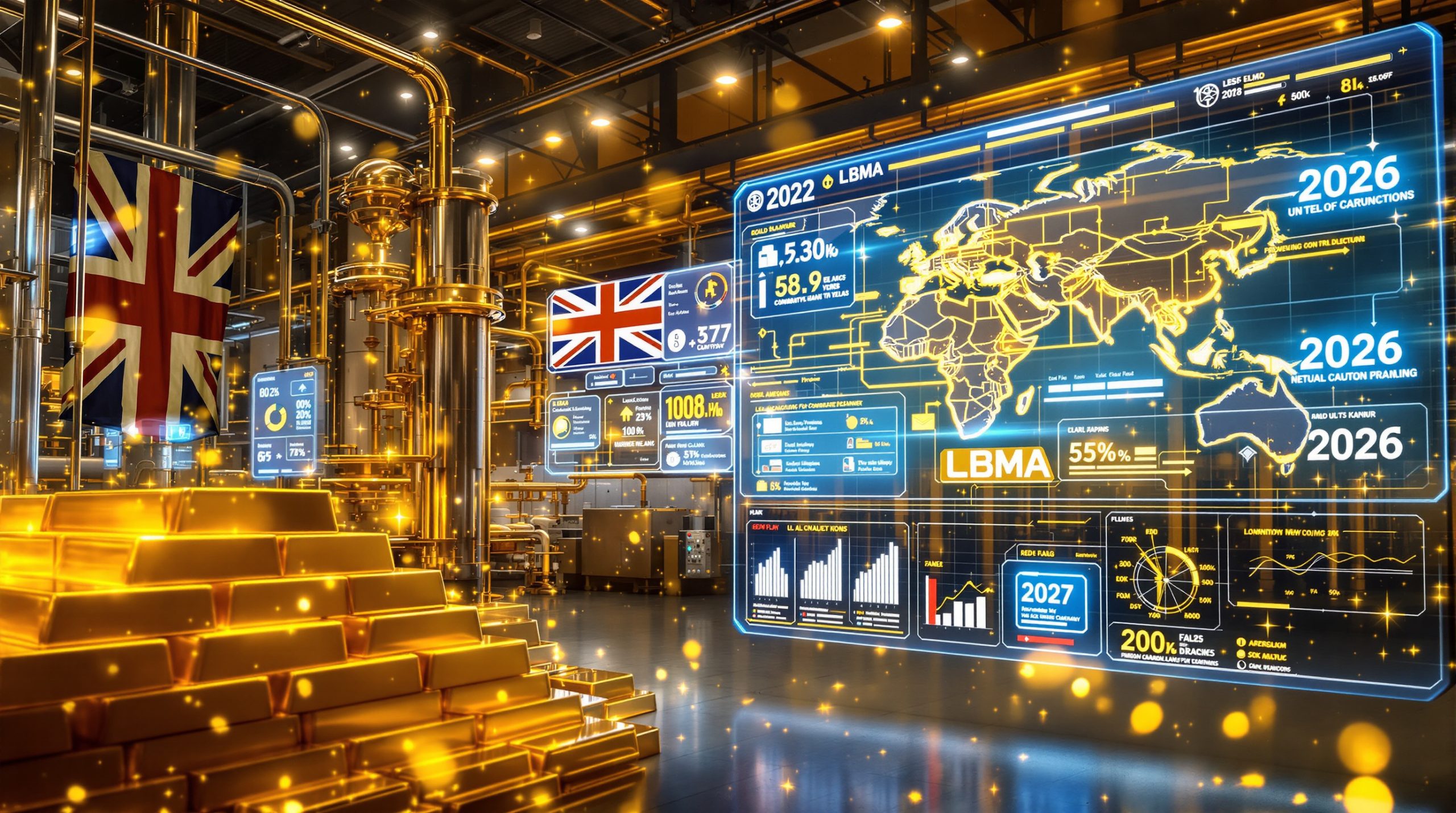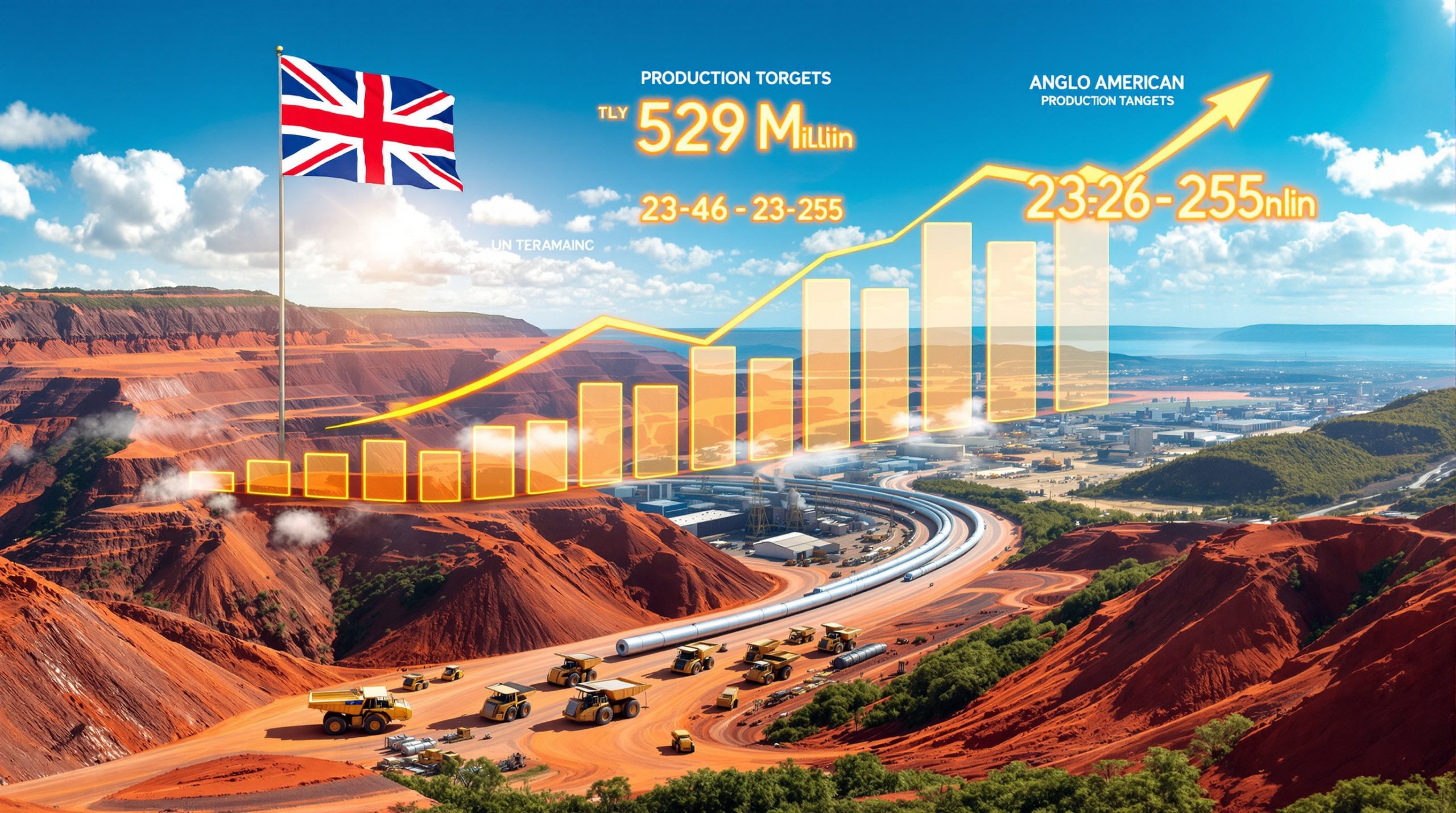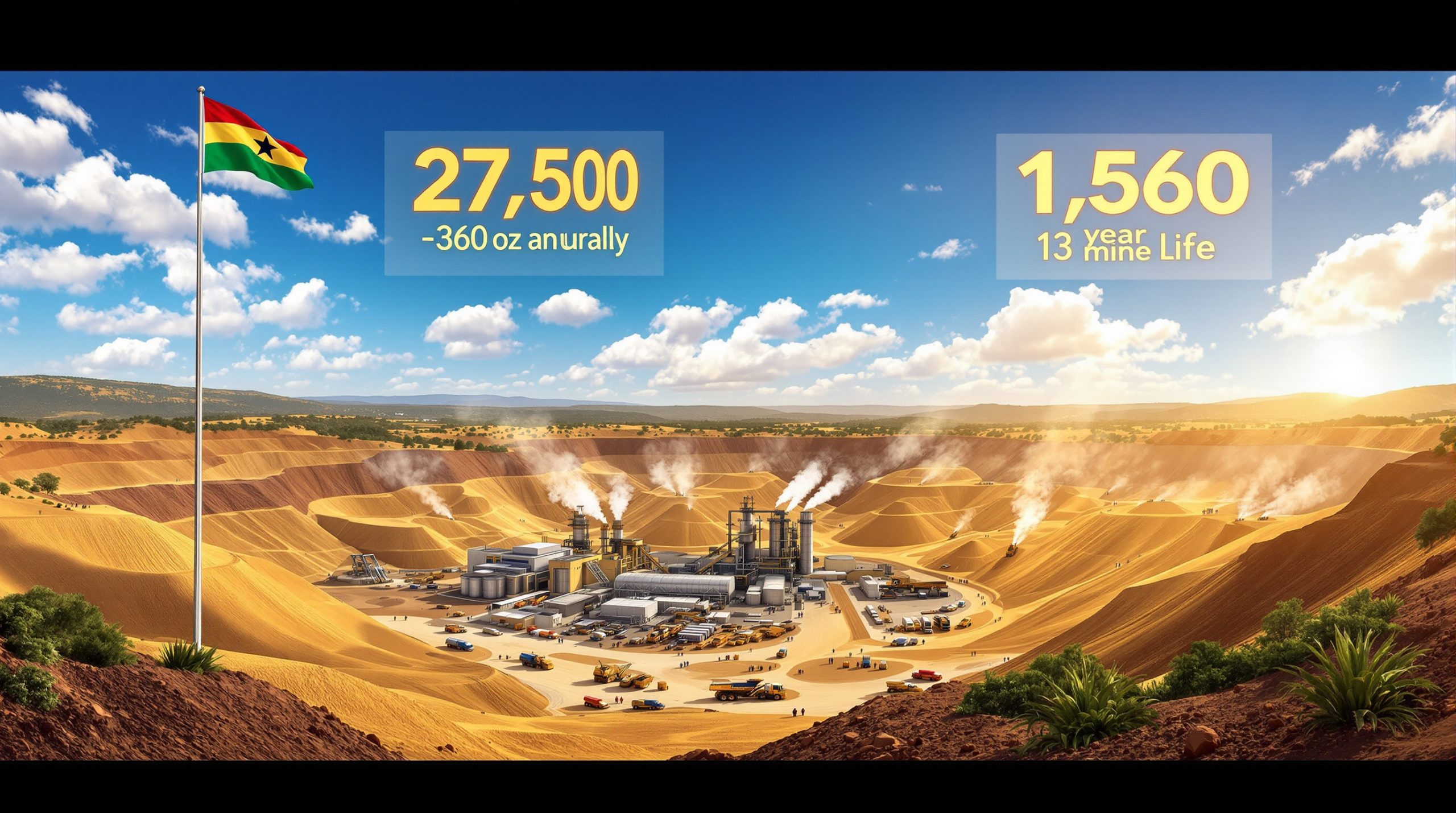How Are Trade Tensions Affecting Iron Ore Prices?
Current Market Status and Weekly Performance
Iron ore markets have entered a period of significant volatility as trade tensions between the United States and China intensify. Iron ore futures on China's Dalian Commodity Exchange (DCE) recently dropped 1.76% to 699 yuan ($95.80) per metric ton, reaching their lowest level since April 11. This downturn represents a concerning trend for producers and investors alike.
The September contract on DCE registered a weekly drop of 0.7%, while the benchmark May iron ore contract on Singapore Exchange fell 0.88% to $96.95 per ton. These declines mark a second consecutive weekly loss for iron ore, highlighting the ongoing pressure on commodity prices amid geopolitical uncertainty.
Market analysts point to the escalating Sino-US trade tensions as the primary driver behind iron ore's price weakness. The correlation between tariff announcements and price movements has become increasingly evident, with futures contracts often responding within hours of trade policy statements.
US-China Trade Relations Impact
Recent tit-for-tat tariff hikes between the US and China have sent shockwaves through global commodities markets. The iron ore sector, heavily dependent on Chinese steel production, has proven particularly vulnerable to these trade disruptions.
Although US President Donald Trump has signaled a potential end to escalating tariffs, market participants remain cautious. "The initial panic selling has subsided, but investors are waiting for concrete evidence of de-escalation before committing to long positions," notes a senior commodities analyst at a major trading house.
Markets are closely monitoring diplomatic channels for progressive signs of easing tensions between the two economic superpowers. Each statement from trade representatives causes ripples through iron ore futures, demonstrating the market's hypersensitivity to the trade dispute.
Goldman Sachs has already taken action, lowering its ex-China seaborne ore demand growth forecast to 3% from a previous 5% specifically due to tariff concerns. This reduction reflects growing pessimism about steel consumption in markets affected by the trade dispute's spillover effects.
What Are Experts Forecasting for Iron Ore Prices?
Goldman Sachs Price Projections
Leading investment bank Goldman Sachs has released bearish projections for iron ore, forecasting prices to fall to $90 per ton by the fourth quarter of 2025. Their outlook darkens further into 2026, with predictions of a decline to $80 per ton by the fourth quarter of that year.
The bank's analysts cite "a return to surplus from the second half of the year" as the primary reason for their downward revision. The supply-demand dynamic appears set to shift as production capacity increases while consumption growth moderates.
"We expect tariffs to weigh on both China domestic demand and steel exports over the remainder of the year," Goldman Sachs stated in their most recent commodities outlook. This assessment factors in both direct impacts on Chinese construction activity and secondary effects on global steel trade flows.
The iron ore price and tariff turmoil has created a complex forecasting environment, with analysts increasingly incorporating geopolitical investor strategies into traditional supply-demand models. Historical price patterns during previous trade disputes suggest increased volatility may persist even if headline prices stabilize.
Factors Supporting Price Stability
Despite the bearish medium-term outlook, several factors are currently preventing a more dramatic price collapse. Near-term ore demand remains relatively firm, which has limited price losses in recent trading sessions.
A recent Mysteel survey showed average daily hot metal output in China at a nearly 17-month high of 2.4 million tons. This robust production level indicates steady consumption of iron ore despite macroeconomic concerns, providing temporary price support.
Better-than-expected Chinese economic data has also boosted market sentiment. GDP growth, industrial production, and fixed-asset investment figures have all exceeded analyst expectations in recent months, suggesting underlying economic resilience.
Many traders anticipate additional iron ore stimulus surge from Beijing specifically designed to counter US tariff impacts. Chinese authorities have historically deployed infrastructure spending to offset external economic pressure, which could sustain iron ore demand through 2025 despite trade headwinds.
How Are Other Steel-Related Commodities Performing?
Steelmaking Ingredients Performance
The broader steelmaking raw materials complex shows similar weakness to iron ore, confirming the systemic nature of current market pressures. Coking coal futures on DCE have declined 0.68%, while coke futures on the same exchange dropped 0.35%.
These parallel movements demonstrate the interconnected nature of the steel production value chain. When blast furnace operations face uncertainty, all input materials tend to move in the same direction, though with varying magnitudes of price change.
The iron ore price and tariff turmoil has created a spillover effect throughout the entire steelmaking commodity complex. Traders note that coking coal's smaller percentage decline may reflect its relatively tighter supply situation compared to iron ore.
Steel Benchmark Performance
Most steel benchmarks on the Shanghai Futures Exchange (SHFE) have retreated in response to raw material trends and demand concerns. Rebar, used primarily in construction, lost 0.81% in recent trading sessions.
Hot-rolled coil, a product utilized extensively in manufacturing and automotive sectors, dipped 0.66%. This decline suggests weakening sentiment across multiple steel-consuming industries, not just construction.
Stainless steel futures fell 0.62%, indicating that even specialty steel products are not immune to the broader market downturn. The correlation between standard carbon steel and specialty grades has strengthened during this period of trade uncertainty.
Interestingly, wire rod was the only gainer among major steel futures, advancing 0.48%. This anomaly may reflect specific supply constraints or niche demand factors rather than a broader trend reversal in the steel complex.
What Factors Will Determine Future Iron Ore Price Movement?
Supply-Demand Balance Shifts
Market experts widely expect iron ore to return to surplus conditions in the second half of 2025. This projection stems from capacity expansions at major mining operations coinciding with moderating demand growth in key consumption centers.
Current daily hot metal output, a key indicator of iron ore consumption, remains robust at 2.4 million tons. However, analysts question whether this production level can be maintained if steel margins deteriorate under tariff pressures.
"The iron ore market is entering a classic late-cycle phase where supply growth accelerates just as demand plateaus," explains a veteran commodities strategist. "Historical patterns suggest price corrections can be swift when this inflection point occurs."
The potential for increased supply to outpace demand growth represents the most significant medium-term risk to prices. Major miners have maintained expansion plans despite current market uncertainty, potentially exacerbating future oversupply scenarios.
China's Economic Policy Response
Beijing's policy reaction to trade tensions will play a decisive role in iron ore's trajectory. Potential additional stimulus measures could significantly offset tariff impacts, particularly if targeted at steel-intensive sectors like infrastructure and property.
The Chinese government has repeatedly demonstrated willingness to implement countercyclical policies when facing external economic pressure. Market participants anticipate similar interventions if trade tensions persist or escalate further.
Recent economic data from China has exceeded expectations, providing authorities with some flexibility in their policy response. This relative economic strength may allow for more measured stimulus rather than panic interventions, potentially supporting more stable commodity markets.
Policy responses could effectively stabilize domestic demand even as export markets face headwinds. The iron ore volatility strategies employed by investors increasingly factor in these potential government interventions when positioning for future price movements.
Trade Policy Developments
Ongoing monitoring of US-China trade negotiations remains essential for iron ore investors. Even minor diplomatic breakthroughs could trigger significant price movements given the market's current sensitivity to trade headlines.
The potential for de-escalation of tariff disputes exists, particularly as both nations assess economic impacts. Previous trade conflicts have eventually reached equilibrium points as economic self-interest prevailed over political positioning.
Trade tensions impact China's iron ore trends and steel export volumes directly, with ripple effects throughout the iron ore supply chain. Export restrictions or tariffs on Chinese steel products ultimately reduce iron ore consumption, creating a direct link between trade policy and commodity prices.
Shifting global iron ore demand patterns may emerge as manufacturers adjust supply chains in response to tariffs. This realignment could create regional price disparities and arbitrage opportunities that didn't exist in the pre-tariff environment.
FAQ About Iron Ore Market and Tariffs
How are tariffs specifically impacting iron ore demand?
Tariffs are expected to reduce both China's domestic demand and steel exports throughout 2025. This dual impact has led analysts to lower forecasts for ex-China seaborne iron ore demand growth from 5% to 3%. The mechanism works through two channels: first, tariffs on Chinese goods reduce manufacturing activity and construction; second, tariffs on Chinese steel reduce export opportunities, leading to lower overall production.
What is the current price range for iron ore?
As of April 18, 2025, iron ore prices range from approximately $95.80 to $96.95 per ton, depending on the exchange and contract month. DCE futures are trading around 699 yuan ($95.80) per metric ton, while Singapore Exchange contracts hover near $96.95. These prices reflect a moderate decline from previous weeks but remain above the sub-$90 levels projected for late 2025.
What are the key indicators to watch for iron ore demand?
Market participants should monitor daily hot metal output (currently at 2.4 million tons), Chinese economic data (particularly fixed asset investment and property metrics), steel production rates, and developments in US-China trade relations. Additionally, inventory levels at Chinese ports provide insight into short-term supply-demand balances, while blast furnace operating rates offer real-time consumption indicators.
When is the iron ore market expected to shift to surplus?
According to Goldman Sachs analysis, the iron ore market is expected to return to surplus conditions beginning in the second half of 2025. This projection considers both supply-side expansions from major producers and moderating demand growth in key consumption markets. The timing coincides with several major mining projects reaching full production capacity while Chinese steel output potentially plateaus under global commodities insights point to shifting trade patterns.
Ready to Stay Ahead of Major Mineral Discoveries?
Receive instant alerts on significant ASX mineral discoveries with Discovery Alert's proprietary Discovery IQ model, turning complex market data into actionable investment insights for traders and investors. Visit Discovery Alert's dedicated discoveries page to understand how early identification of major mineral finds can generate substantial returns for your portfolio.




